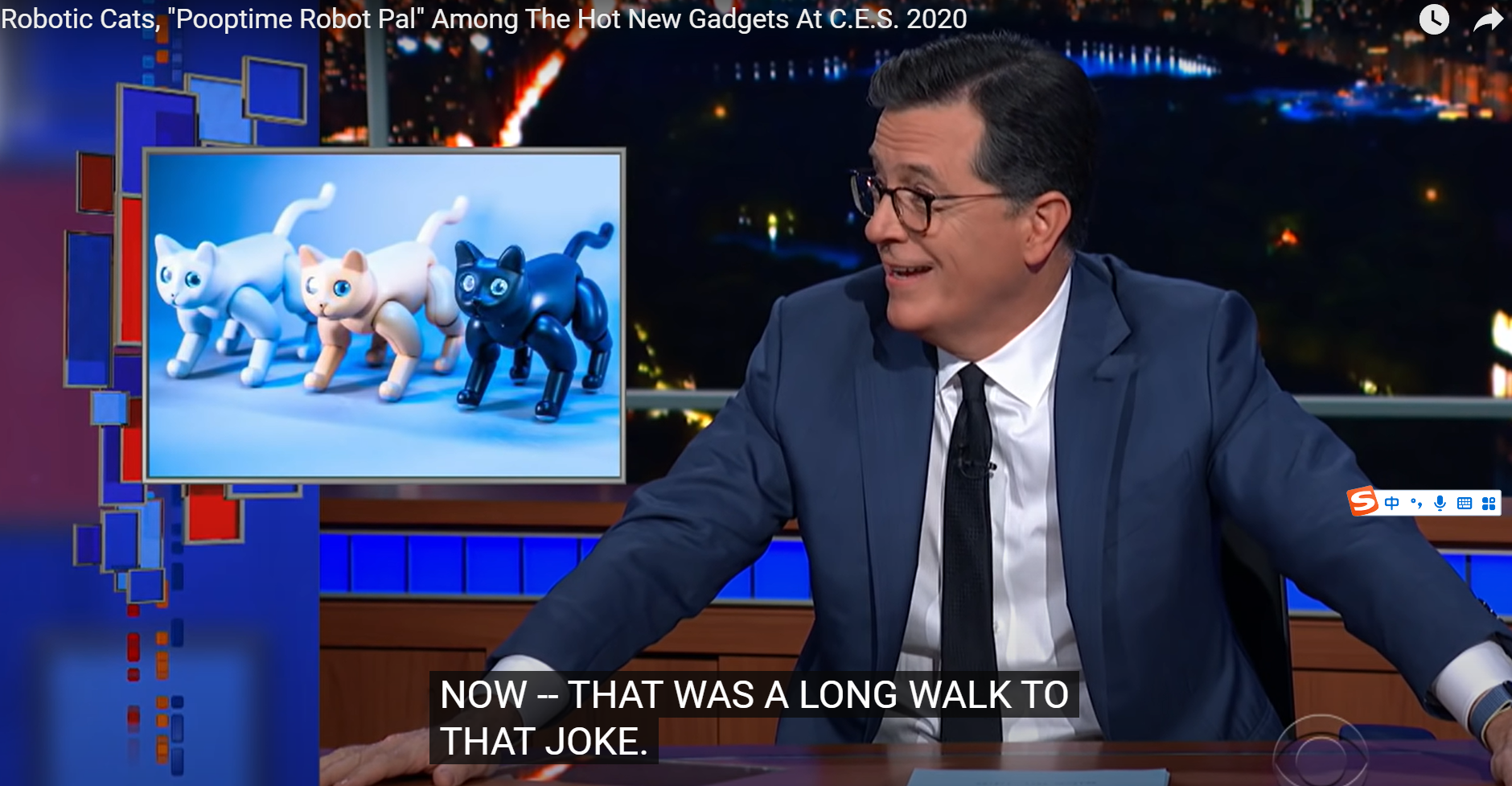Companion robots in the post-pandemic era——MarsCat, the world's first bionic AI pet cat

Marscat as the AI robot pet gives comfort to senior and kids, as a companion robot hear those people suffer from long-term home office loneliness and isolation

The long-term home office due to the new crown epidemic continues to amplify people's sense of loneliness and isolation. In the absence of human contact, more people are turning to robots for mental healing and social comfort. However, due to technical barriers, most companion robots in the market act more like robot than companion, as they are not emotionally responsive.
With the advancement of AI technology, robot pets have becoming more bionic and intelligent. An AI-powered robot has the ability to understand and respond to human emotion. In 1998, Sony introduced the world’s first robotics dog, AIBO, a dog-like smart robot pet with the capability of interacting with humans. The cloud-based AI engine not only empowers the robot with advanced features such as facial recognition and deep learning, but also allows users to name the robot, witness their growth and add new tricks. Despite a growing use of smart robot as home companions for kids or senior, the price of an AI robot pet like AIBO is still prohibitive.

Back in 2019 at CES, a bionic AI robot pet MarsCat has caught the attention of journalists and cat lovers worldwide. Likewise, this robot pet can walk, run, sit, stretch, express meows and other gestures independently. After two years’ ongoing R&D, MarsCat has started mass production to meet the increasing demand from the community, especially those with cat allergies and sense of isolation.
The world's first bionic robot cat
To make a friendly feline exterior, the team went through numerous studies of other toy and cartoon cats, as well as the anatomy of real cats. Multiple design studies have been conducted for key parts to evaluate the technical performance as well as the visual effect and overall expression. There are a total of 16 built-in servo motors inside its body to make MarsCat more bionic. These servos control angles, speed, torque, ID, and receive the data. Just like a real cat, MarsCat is fully autonomous, making it a perfect companion for the senior and kids.

In addition to a bionic body, MarsCat has two OLED eyes that give it a lifelike look. The eyes display a range of emotions such as joy, sorrow, sleepy, fear, etc. Thanks to 6 pressure sensitive/capacitive touch sensors on its head and body, this bionic robot cat will behave differently with the eyes display different emotions from various interactions it senses from the user. For example, after touching for some time, a love icon will come up in its eyes which indicates that the cat is enjoying the touch. Other sensors, including a TOF laser distance sensor, and a microphone, help Marscat to navigate and respond to your commands.
Unique cat petting experience
Needless to say, a visually cat-like robot is far from enough. What sets MarsCat apart from other cat toy is the “brain”. “As a bionic cat, in ethology, MarsCat should not only look like a real cat but also behave like a real one.” said Song, the founder of MarsCat. Unlike other robot cats that are controlled by 8-DOF Arduino board, this robotic cat utilizes a more advanced 16-DOF micro-controller and the quadruped kinematics algorithm behind powered by quad-core Raspberry PI. Different types of sensors including image, voice and touch are integrated to enable fast feature extraction, pattern recognition and motion planning, building an intelligent brain for MarsCat.
Thanks to AI technology, this robot cat has the ability to learn independently and develop its own unique personality. The more interaction it receives from the owner, the more clingy it might behave. Such lifelike petting experience can hardly be achieved in other robotic cats. It's worth mentioning that MarsCat is built on an open source platform embedded in Raspberry PI 3, allowing users with programming knowledge to develop their own MarsCat easily. This means that cat owners can customize any functions or applications for different purpose.
Looking Ahead
As people’s quality of life have improved dramatically, while enjoying the material well-being, they also have higher requirements towards spiritual companion including pets, thus increasing the demand for smart companion robot. It’s estimated that the global Artificial Intelligence (AI) robots market is expected to reach $21.4 billion by 2026. With the rapid improvement in technology, decreasing costs of electronic component and increasing anxiety in social situations, an emotionally responsive smart robotic pet like MarsCat is expected to become the future of companion robots.
